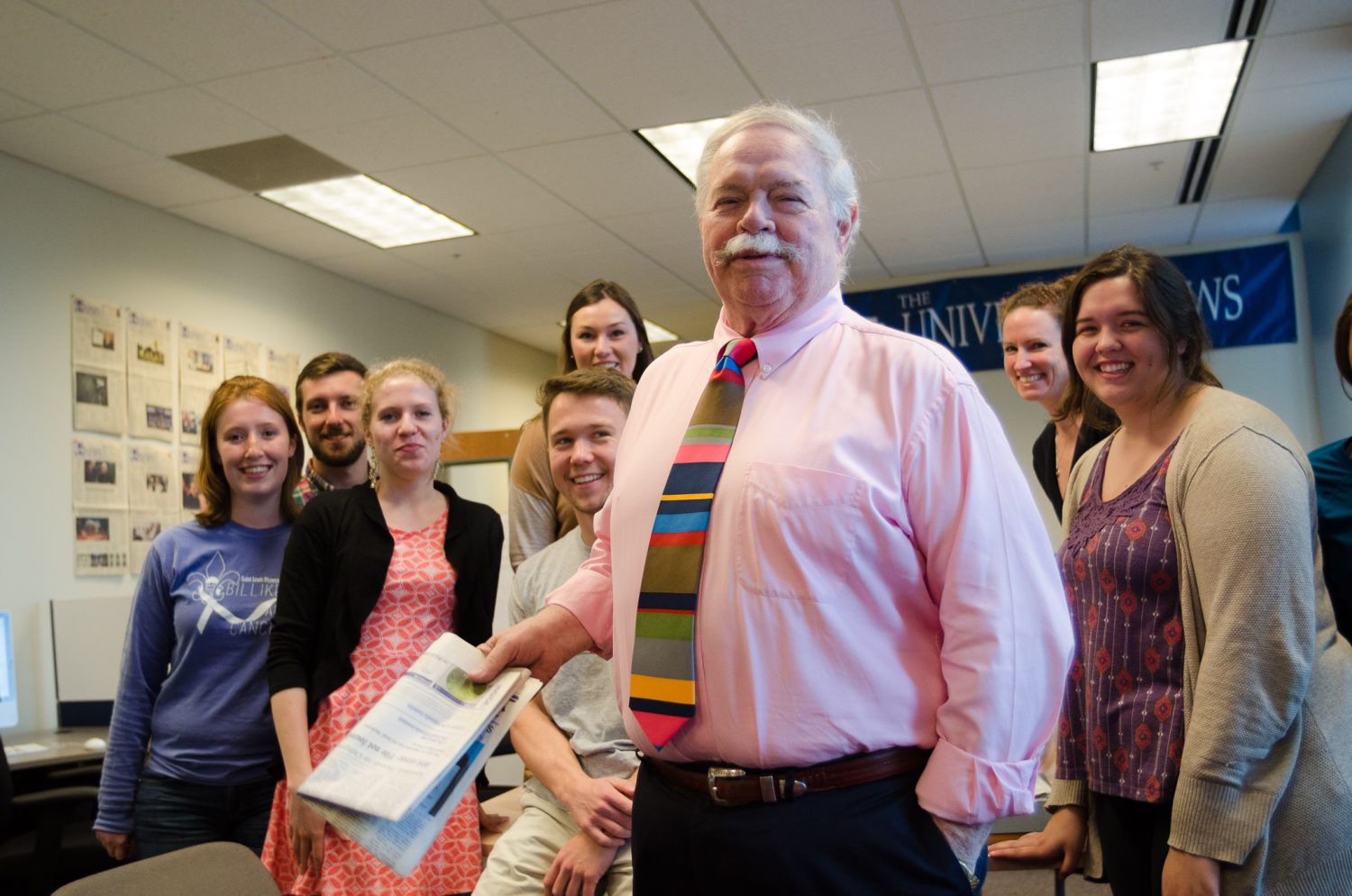Ah, America, the great Melting Pot. Where people from many different countries can come and become “American.” But is this really the case? For people of Asian, Hispanic, and other nonwhite ancestries it is not. Despite their long presence in America, they are still viewed as “foreign.”
In the late 1800s, millions of immigrants moved to America and transformed American society. Many people viewed these new immigrants as a threat to America since they were, by and large, different from the previous immigrant groups. These new immigrants came from eastern and southern Europe, did not speak English and were not Protestant. They were discriminated against and viewed as “foreign” by the natives. However, as harsh as the initial anti-immigrant backlash was, within a few generations, the children and grandchildren of the “new immigrants” were viewed as American.
The same cannot be said of the children and grandchildren of nonwhite immigrant groups. For instance, although Chinese and Japanese have been immigrating to America since the 1800s, they are still viewed as “non-American.”
One particularly telling example of the view that nonwhites are “foreigners” is the case of Congressman David Wu (D-Ore.), the only Asian-American in Congress. He was denied entry to a Department of Energy meeting when some security guards questioned the authenticity of his Congressional ID card. They then proceeded to question Wu’s citizenship status. This was not the first time Wu had faced questioning about his American-ness. When he was running for office, he was questioned about his “loyalty” to America. It is doubtful that the same question would be asked of a third-generation Polish-American.
Yet another example of this sort of discrimination is seen with Ronald Takaki, a man of Chinese ancestry whose family has been here since the 1800s. Once, while riding in a New York taxicab, the cabdriver remarked that Takaki spoke great English and asked him how long he had been in America. For Takaki, this was a shock, since he had always viewed himself as American as the next guy. He did not speak Chinese, eat Chinese food or even follow Chinese tradition, yet, because of his physical appearance, people do not recognize him as a “real American.”
When America embraces the concept of itself as “a melting pot,” it asks new immigrants to do certain things in order to melt into the soup of America. First and foremost: to learn English and to learn American culture. It also subtly demands new immigrants to give up the old ways of life from their native countries. After all, if they are coming to America, they should adapt to our ways here, right?
However, when the Pilgrims first arrived in America, there were other people here-the Native Americans. Did the Pilgrims suddenly abandon their way of life and join the Native Americans? No, rather, they abused the initial friendliness of the Native Americans, took their land and gave them diseases.
When we ask new immigrants to give up their old ways of life, America promises something in return: the benefit of becoming “American.” However, for someone like Ronald Takaki, the promise was never fulfilled. In the most basic sense he was American; that is, he was an American citizen with the rights and privileges of an American citizen. Yet when he walks down the street, many people still view him as foreign. For Takaki, and many other nonwhite immigrant groups, they are outsiders in their lands of ancestry and are still viewed by many as outsiders in this country as well.
The fabric of America is woven with many different types of people from different backgrounds; it is this characteristic that makes America unique. But many people are still not seen as a part of America. The old image of a blond, blue-eyed all-American girl or guy (which was never very true to begin with) is being replaced with the reality of an increasingly racially and ethnically diverse population. Our own views of who and what is American need to change to reflect the reality of our surroundings.
It is not acceptable that a public servant like Wu is questioned about his loyalty to America or his citizenship status. When Asian- Americans, White-Americans, African-Americans and every other type of American are all viewed as just American, then perhaps we can truly say America is a melting pot.
Lubna Alam is a junior majoring in history.



